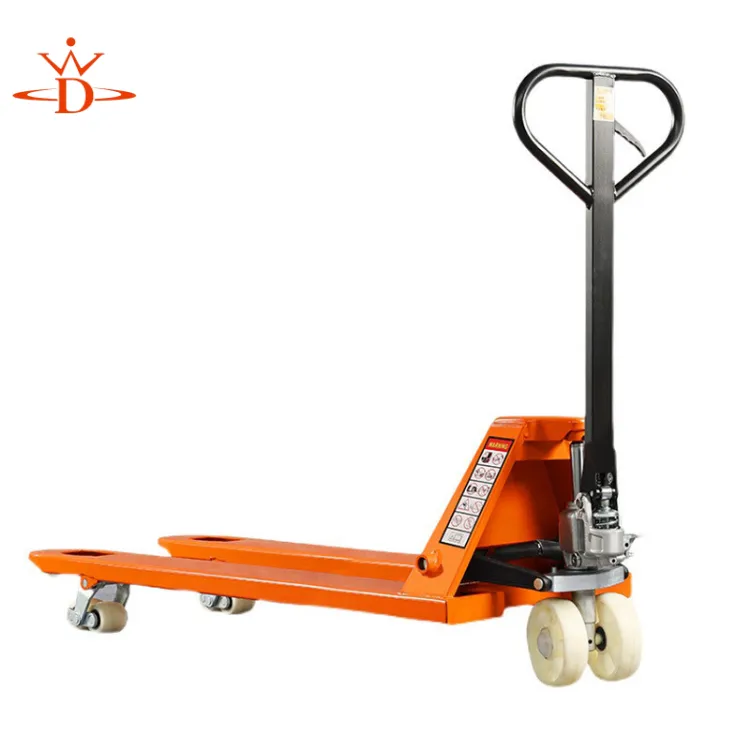Double Beam Gantry Crane for Enhanced Lifting Capacity and Precision Handling Solutions
The Double Gantry Crane A Marvel of Engineering in Material Handling
In the realm of material handling, few machines are as versatile and efficient as the double gantry crane. These robust structures play a vital role in various industries, from shipyards and construction sites to warehouses and manufacturing plants. Their design and capabilities offer a multifaceted approach to lifting and moving heavy loads, making them an indispensable asset in modern logistics and industrial operations.
What is a Double Gantry Crane?
A double gantry crane features two vertical legs that support a horizontal beam, or girder, along which a hoisting mechanism travels. This configuration allows for greater stability and load capacity compared to single gantry cranes. The dual-leg design enhances the crane's ability to lift heavy materials, navigate large spans, and operate in confined spaces. Typically, these cranes are mounted on tracks, enabling seamless movement across the operational area.
Structural Components and Functionality
At the heart of a double gantry crane lies its structural components the base, the columns (or legs), the gantry girder, and the hoisting mechanism. The base provides stability and support, while the columns are engineered to withstand significant loads during lifting. The gantry girder serves as the bridge from which the hoist is suspended. This hoisting mechanism is often equipped with electric motors, allowing it to lift, lower, and traverse loads with precision.
Double gantry cranes can be equipped with various accessories, such as hooks, clamps, and specialized lifting devices, tailored to different materials and load types. Operators benefit from sophisticated control systems that enhance safety and efficiency, enabling real-time adjustments to the crane's functionality.
Applications Across Industries
double gantry crane

The versatility of double gantry cranes makes them ideal for a wide range of applications. In shipyards, these cranes are essential for lifting large sections of ships for construction or repair. Their ability to move heavy loads over significant distances while maintaining stability is critical in such environments.
In manufacturing, double gantry cranes facilitate the handling of raw materials and finished products. They streamline workflows by enabling quick loading and unloading processes, ultimately contributing to increased productivity. Moreover, in the construction industry, these cranes assist in lifting heavy materials to elevated work sites, improving safety and efficiency.
Advantages of Using Double Gantry Cranes
The benefits of employing double gantry cranes extend beyond mere lifting capability. Their design allows for greater maneuverability, allowing operators to navigate tight spaces effectively. Additionally, the robustness of these cranes contributes to their longevity and low maintenance costs, making them a cost-effective investment for businesses.
Safety is another critical advantage. Double gantry cranes are constructed with multiple safety features, including overload protection, and emergency stop functions, which are essential for preventing accidents in high-stakes environments. Training programs for operators further enhance safety, ensuring they are well-prepared to handle these powerful machines.
Future Trends
As industries continue to evolve, so do the designs and functionalities of double gantry cranes. The integration of automation and smart technology is leading to the development of more sophisticated cranes that can operate independently or with minimal human intervention. These innovations promise to further enhance the efficiency and safety of material handling operations, positioning double gantry cranes at the forefront of industrial advancements.
In conclusion, the double gantry crane exemplifies the intersection of engineering prowess and industrial necessity. Its robust construction, versatility, and ability to improve operational efficiency make it a cornerstone of modern material handling. As technology continues to evolve, the double gantry crane will likely adapt, ensuring its relevance in the ever-changing landscape of industry and logistics.
-
Unlock Seamless Relocation with Our Heavy Equipment Moving ExpertiseNewsJun.06,2025
-
Unleash Unrivaled Flexibility with Our Adjustable Gantry CraneNewsJun.06,2025
-
Unleash Heavy-Duty Efficiency with Our Industrial Gantry Crane SolutionsNewsJun.06,2025
-
Revolutionize Steel Handling with Our Magnetic Lifter RangeNewsJun.06,2025
-
Master Equipment Mobility with Premium Machinery Mover SolutionsNewsJun.06,2025
-
Elevate Your Material Handling with Magnetic Lifter TechnologyNewsJun.06,2025
-
YS Permanent Lifting Magnets: The Smarter Way to Handle SteelNewsMay.22,2025
